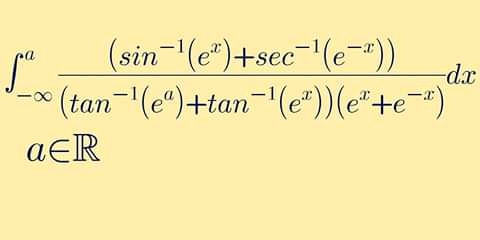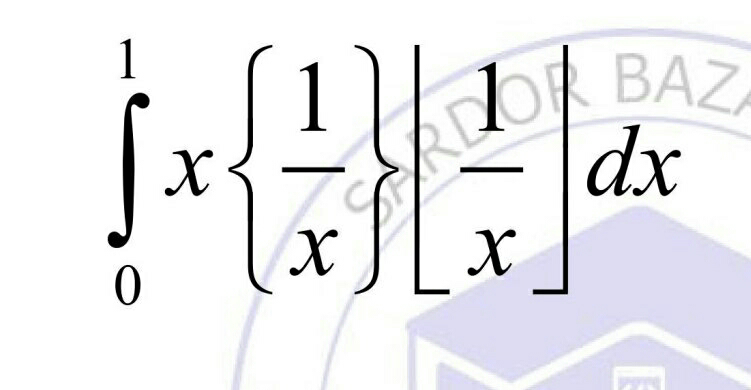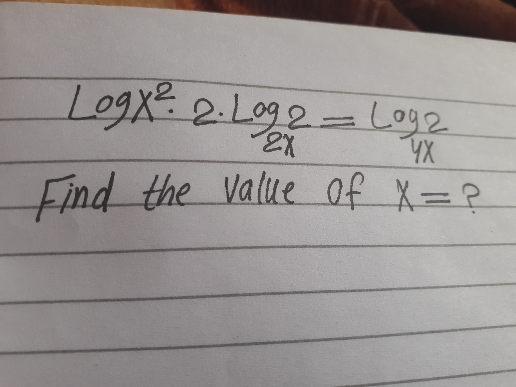
AllQuestion and Answers: Page 1268
Question Number 88179 Answers: 1 Comments: 0
$${z}={x}^{\mathrm{2}} /{y}^{\mathrm{3}} \:\:\:\:\:\:\:\:\:\:{dz}=? \\ $$
Question Number 88178 Answers: 0 Comments: 0
Question Number 88177 Answers: 1 Comments: 0
Question Number 88170 Answers: 0 Comments: 2
Question Number 88169 Answers: 1 Comments: 2
Question Number 88160 Answers: 2 Comments: 1
Question Number 88153 Answers: 0 Comments: 1

Question Number 88141 Answers: 1 Comments: 0

Question Number 88137 Answers: 1 Comments: 2
Question Number 88131 Answers: 1 Comments: 0
$$\int\frac{{x}^{\mathrm{2}} +\mathrm{1}}{{x}−\sqrt{\mathrm{1}−\mathrm{2}{x}}}{dx} \\ $$
Question Number 91093 Answers: 0 Comments: 16
Question Number 88128 Answers: 1 Comments: 0
Question Number 88118 Answers: 1 Comments: 1
$$\int\frac{\mathrm{dx}}{\left(\mathrm{x}+\mathrm{1}\right)×\sqrt{\mathrm{x}}} \\ $$
Question Number 88104 Answers: 1 Comments: 2
$$\int_{\mathrm{0}} ^{+\infty} \sqrt{\mathrm{3}+{e}^{−\mathrm{2}{x}} }{dx} \\ $$
Question Number 88101 Answers: 0 Comments: 0

Question Number 88098 Answers: 0 Comments: 2
Question Number 88097 Answers: 1 Comments: 0
$$\int\frac{\mathrm{dx}}{\left(\mathrm{2x}−\mathrm{3}\right)^{\frac{\mathrm{2}}{\mathrm{3}}} } \\ $$
Question Number 88092 Answers: 2 Comments: 3
Question Number 88089 Answers: 1 Comments: 1
$$\int\frac{{e}^{{x}} }{{e}^{\mathrm{2}} −\mathrm{9}}{dx} \\ $$
Question Number 88088 Answers: 0 Comments: 0

Question Number 88071 Answers: 1 Comments: 7

Question Number 88069 Answers: 1 Comments: 2

Question Number 88068 Answers: 2 Comments: 3

Question Number 88067 Answers: 1 Comments: 0

Question Number 88065 Answers: 0 Comments: 3
Question Number 88064 Answers: 1 Comments: 0
Pg 1263 Pg 1264 Pg 1265 Pg 1266 Pg 1267 Pg 1268 Pg 1269 Pg 1270 Pg 1271 Pg 1272
